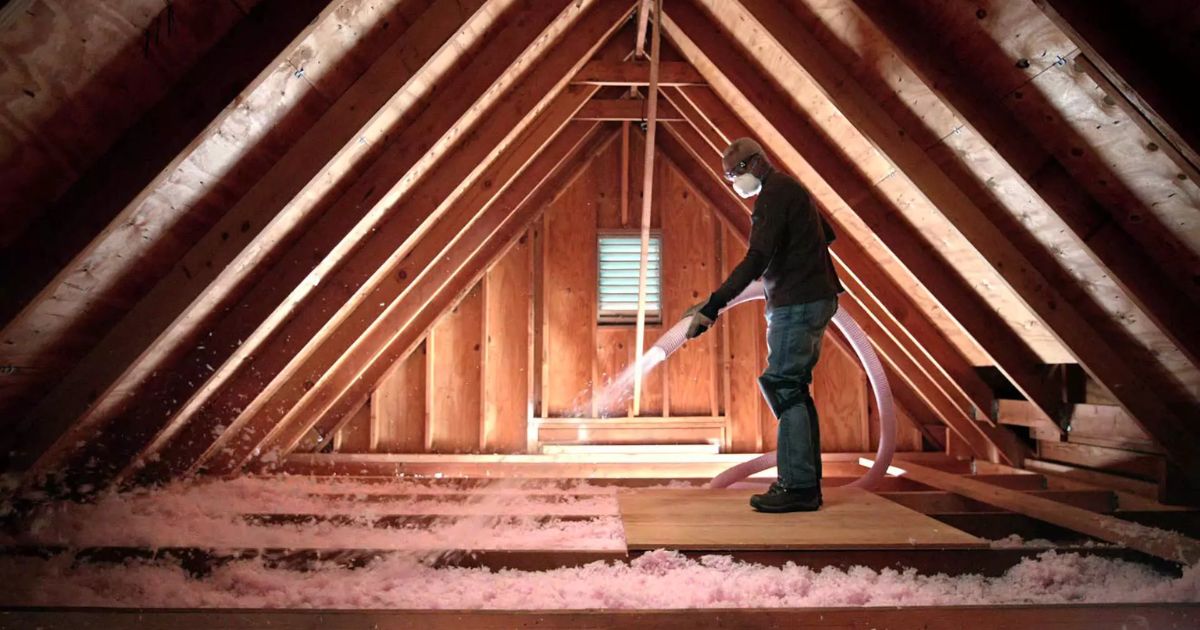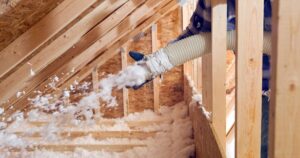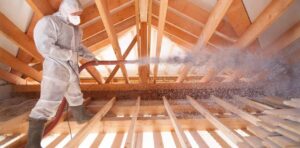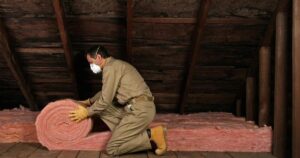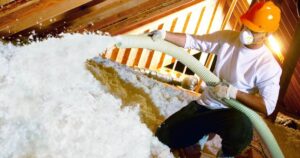When it comes to home insulation, it’s easy to believe that more is always better. After all, a well-insulated home is more energy-efficient and comfortable. However, the question many homeowners ask is, “Can you have too much insulation in your attic?”
In this article, we’ll explore the nuances of attic insulation, including the benefits, potential drawbacks, and how to strike the right balance for a well-insulated home.
The Importance of Attic Insulation
Before we delve into the question of excess insulation, let’s first understand why attic insulation is crucial. Your attic plays a significant role in regulating your home’s temperature. Proper insulation helps in the following ways:
Energy Efficiency
Insulation in your attic prevents the transfer of heat between the inside and outside of your home. In the winter, it keeps the warm air in, and in the summer, it keeps the hot air out. This leads to lower energy bills and reduced energy consumption.
Comfort
Well-insulated attics provide consistent temperatures throughout your home. You’ll no longer experience extreme hot or cold spots, making your living space more comfortable year-round.
Moisture Control
Insulation can help control moisture and condensation in your attic, preventing potential issues like mold and mildew growth.
Environmental Impact
Reducing energy consumption not only benefits your wallet but also the environment. A well-insulated home is more eco-friendly.
The Pitfalls of Over-Insulation
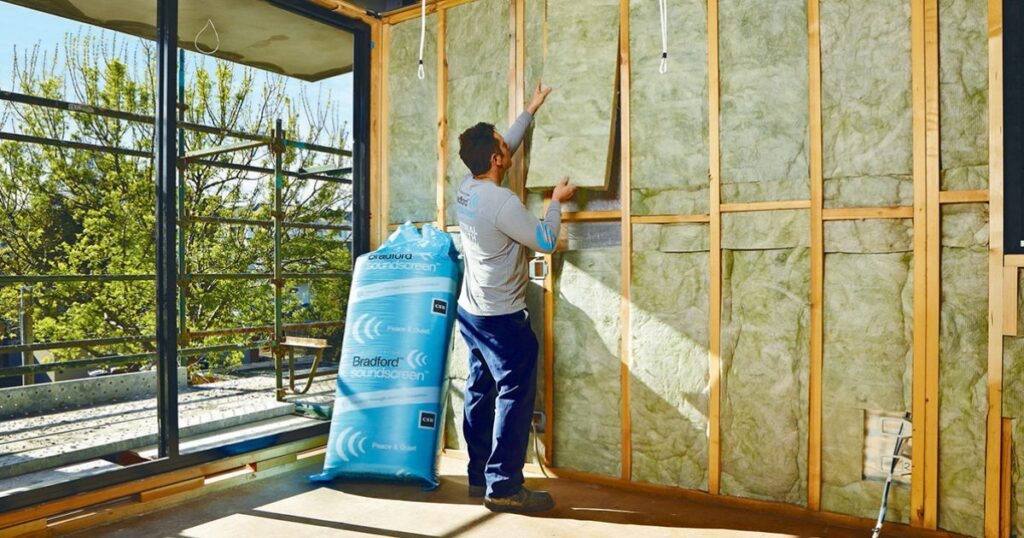
While attic insulation is essential, it is possible to have too much of a good thing. Here are some potential drawbacks of over-insulating your attic:
Reduced Ventilation
Excessive insulation can block natural ventilation in your attic. Proper airflow is necessary to prevent moisture buildup and maintain attic health. Inadequate ventilation can lead to problems like ice dams in winter and excessive heat in summer.
Increased Weight
Insulation materials have weight. Over time, the weight of excess insulation can compress the materials underneath, potentially damaging your ceiling and roof structure.
Diminished R-Value
The R-value measures an insulation material’s effectiveness. When you have too much insulation, it can compress and reduce the R-value, rendering it less effective at insulating your home.
Pest Infestation
A tightly insulated attic can become a haven for pests, as they find it difficult to escape. This can lead to unwanted infestations.
Fire Hazards
Some insulation materials are flammable. Over-insulating your attic may increase the risk of a fire hazard, as it can be challenging to access and address potential issues.
Finding the Right Balance
The key to effective attic insulation is finding the right balance. Here’s how to ensure your attic is adequately insulated without going overboard:
Consult an Expert
When in doubt, consult a professional. An experienced insulation contractor can assess your attic and recommend the appropriate insulation levels based on your climate and the type of insulation materials.
Check Local Building Codes
Different regions may have specific building codes that dictate insulation requirements. Ensure you’re in compliance with local regulations.
Consider Climate
The amount of insulation you need varies depending on your climate. Colder climates generally require higher insulation levels than milder ones.
Prioritize Ventilation
Don’t forget about ventilation. Ensure that your attic has proper airflow to prevent issues like condensation and maintain a healthy attic space.
Regular Maintenance
Periodically inspect your attic for signs of issues such as compressed insulation, moisture problems, or pest infestations. Address any problems promptly.
Choosing the Right Insulation Material
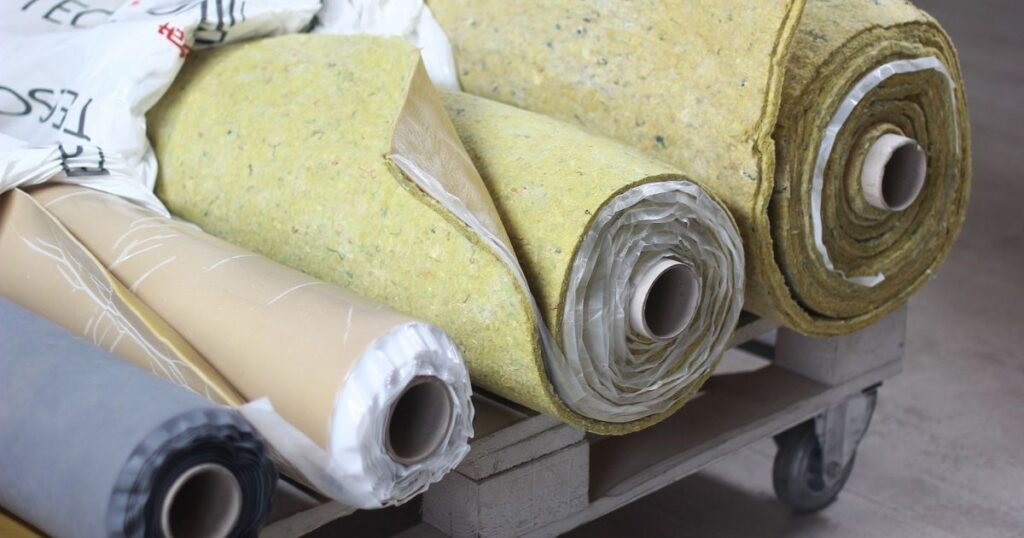
When deciding on insulation for your attic, you have various materials to choose from. The most common options include fiberglass, cellulose, spray foam, and mineral wool. Each material has its advantages and disadvantages:
Fiberglass Insulation
Pros: Widely available, cost-effective, and easy to install.
Cons: Can be itchy to handle, may lose effectiveness if compressed, and offers lower R-value per inch compared to some alternatives.
Cellulose Insulation
Pros: Made from recycled paper, offers good thermal performance and is fire-resistant.
Cons: Can settle over time, which may reduce effectiveness.
Spray Foam Insulation
Pros: Provides an airtight seal, excellent thermal resistance, and can be used in tight spaces.
Cons: Typically more expensive, and installation is best left to professionals.
Mineral Wool Insulation
Pros: Resistant to fire, moisture, and pests, while offering good thermal performance.
Cons: Heavier than other materials and may require specialized cutting tools.
Choosing the right insulation material depends on your budget, the insulation depth required, and your specific needs. It’s essential to consider your attic’s current condition, any existing insulation, and the climate in your area when making this decision.
FAQs
How much insulation is too much in an attic?
The answer is yes! Past a certain point, insulation in a vented attic will do more harm than good. In most of the United States, achieving an R-Value of 38 is more than sufficient.
Is too much insulation a bad thing?
Beyond that, adding more insulation won’t make a significant difference in energy savings. In fact, adding too much insulation to your walls can lead to problems such as poor ventilation, mould growth, and condensation.
What are the disadvantages of attic insulation?
If attic insulation is not installed correctly, moisture can become trapped in the insulation.
Conclusion
In conclusion, having insulation in your attic is essential for energy efficiency, comfort, and home maintenance. However, it is possible to have too much insulation, which can lead to problems with ventilation, increased weight, and diminished insulation effectiveness.
To strike the right balance, consult an expert, consider local codes and climate, prioritize ventilation, and perform regular maintenance. Finding the sweet spot will ensure that your attic is optimally insulated, helping you create a more comfortable and energy-efficient home.

